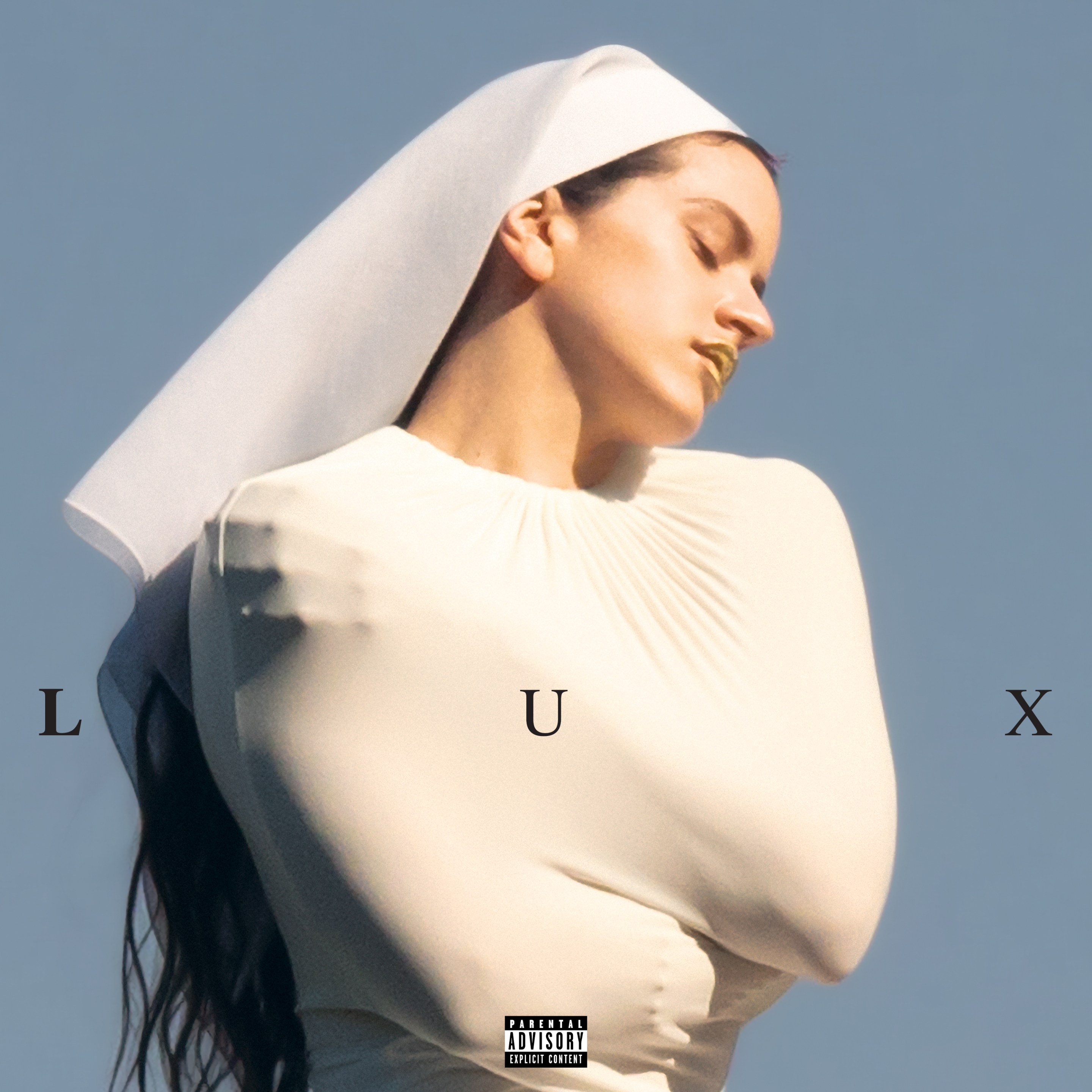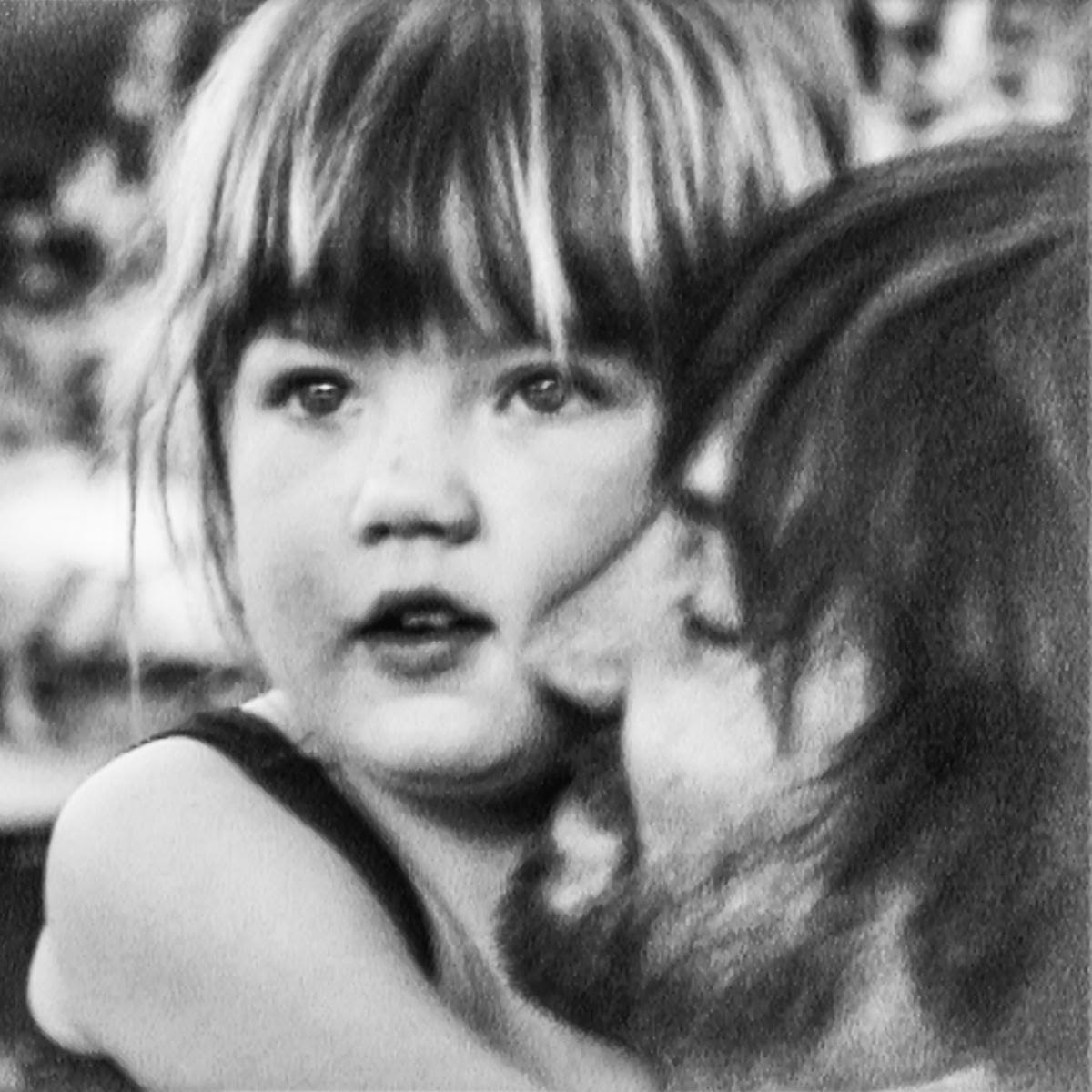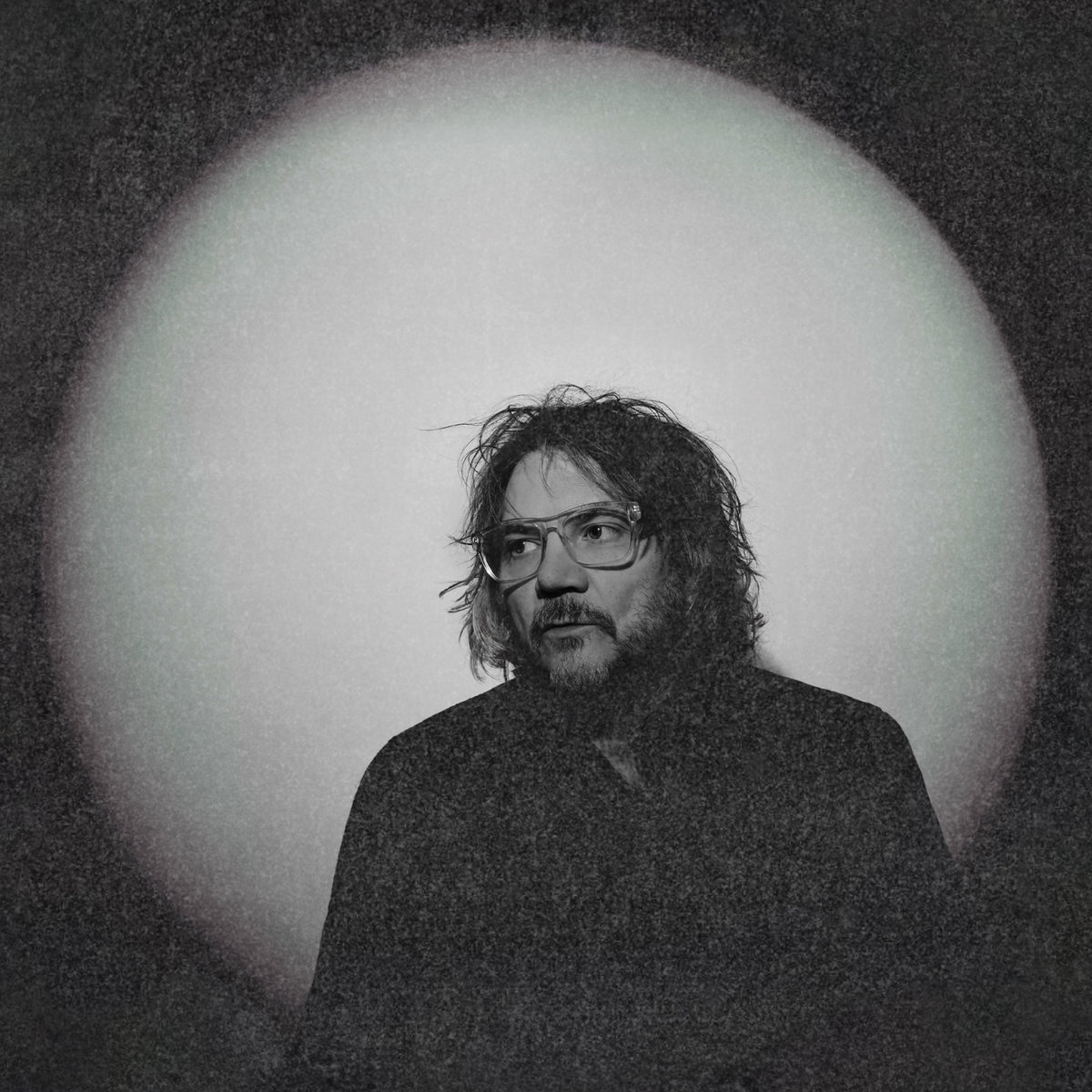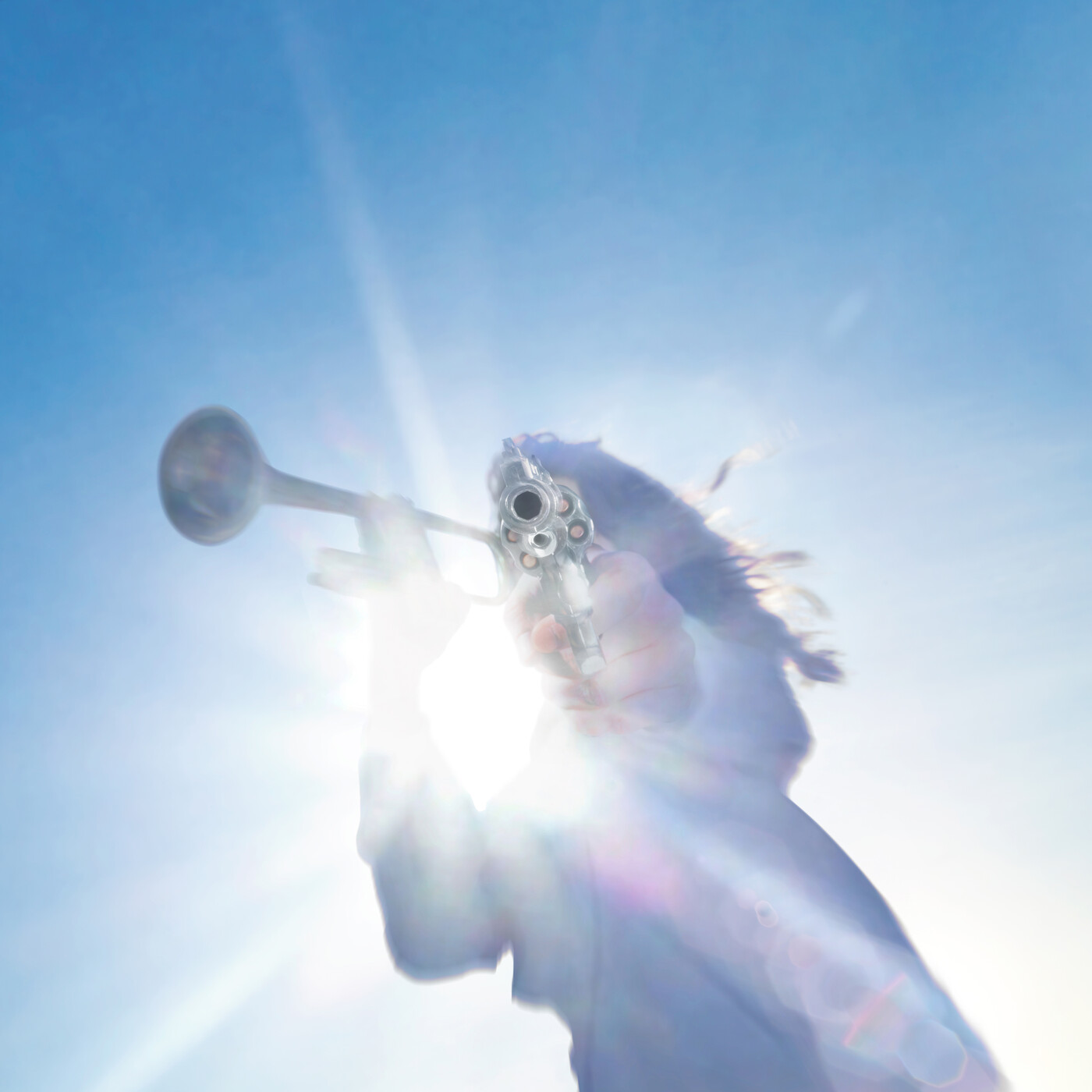"Respect motherfucking craft when you hear it." Writing for Brooklyn's L Magazine six years ago, that was how I ended my review of Taylor Swift's triumphant sophomore album Fearless. (The review isn't online anymore, but the Village Voice was nice enough to reprint some highlights.) Back when I wrote that, Swift was ostensibly making country music, but her songs were already masterfully assembled big-pop mechanisms. She took from mainstream country music the things that worked for her (the clean lines, the mathematically precise structures, the warmly personal and specific storytelling) and jettisoning the stuff that didn't (the oppositional culture-wars mentality, the truck fetishism, the reverence to past giants). Everything else was pure subterfuge, and her banjos and pedal steels did the same sharp, glinting melodic work that synth beeps and smears would've done on a straight-up pop record. In a way, then, 1989, which Swift has loudly announced as her first straight-up pop album, is her most genuine, least manufactured album. This time around, she doesn't need banjos to do the things that synths should be doing; she just has the synths do those things. She's free to openly be what she's always secretly been.
But the level of craft is still the main thing. It's not easy to put together a resonant, sweeping, universe-conquering pop song, but Swift makes it look easy. Every one of her albums sounds like a lesser artist's greatest-hits album; 1989 makes her five for five. Swift's albums aren't singles-plus-filler; they're singles-plus-potential-singles, and the songs that never dominated the radio are just the ones she never got around to releasing as singles. Swift's voice is an instrument capable of both colossal uplift and soft empathy; she's kept the lost-little-kid openness that made her so appealing in the first place. 1989 gleams and shimmers the way all her past albums have gleamed and shimmered; they're just playing around with a new set of stylistic toys. But she's using those toys to deceptive ends. On first listen, 1989 sounds like the resistance-is-futile robo-pop hydrogen bomb that Katy Perry's Prism tried and failed to be. And it is that. But it's also a concept album, a '70s singer-songwriter-style song cycle about the beginning and end of a relationship. On her last album, Swift was lyrically bragging about how many James Taylor albums she owned. This time around, she's not showing those records off, lyrically or musically, but she's quietly emulating them.
Most of the songs on 1989 seem to concern Harry Styles, the most visible member of One Direction, who Swift dated a while back. She never names him, or even alludes to his name, though clues are there if you want to mine for them. (She makes constant reference to a car crash; she's probably really alluding to a serious snowmobile crash that she and Styles apparently once got into.) But the specifics don't matter as much as the subtle but genuine arc that the LP traces. It starts with excitement and play and intrigue, and it blossoms into something deeper around the time "Out Of The Woods" kicks in. But things turn bad quickly, and most of the album is Swift dealing with a breakup. She gets fire-eyed pissed on "Bad Blood," cajoles on "I Wish You Would," provides an exact roadmap for how to rekindle things on "How You Get The Girl." By the time closing track "Clean" kicks in, she's convinced herself that she's OK with the whole thing, that she's ready to move on.
The trick with this whole concept-album thing is that all the songs stand on their own; they don't depend on the album's narrative (which, to be honest, I could just be making up anyway). First single "Shake It Off" (probably my least favorite Swift song ever, at least if we're not including the "Santa Baby" cover from the Target-exclusive Christmas EP she released a few years ago) is Swift's stab at "Mickey" or "Hollaback Girl" or "London Bridge" or Avril Lavigne's "Girlfriend" -- the chanty brat-out that recasts Swift as a mall-pop auteur while at the same time cheerily snarling at haters and making self-deprecating jokes about Swift's own dancing ability. (Seriously, "Shake It Off" is doing too much.) Heard in the context of the album, though, it's her early attempt to act like the relationship never really mattered that much to her, before a sadder reality kicks in. "Style" is the song for the inevitable Target ad campaign, if that's what you want it to be, but it's also a horny plea for a fling to become something bigger. "Bad Blood" could be the Katy Perry ethering that wags are already calling it, but the lyrics could just as well be directed at an ex. "I Know Places," coming so close to the end of the album, isn't just a whispered crush song; it's Swift's attempt to blame the relationship's end, retroactively, on the paparazzi who wouldn't stop hounding the couple. And then there's the album-opening "Welcome To New York," a tired thinkpiece subject even before the city of New York named Swift its Global Welcome Ambassador.
Since Swift dropped "Welcome To New York," self-righteous New Yorkers have been clogging up my Twitter timeline making jokes about it. Swift is now a jet-set oligarch using the city as a cultural signifier without thinking about what that means. I've seen people link the song, in vague ways, to rising police brutality and apartment rents. If you think as Taylor Swift as a brand, a song like "Welcome To New York" another indicator, like another DIY space shutting down or another corporate chain opening a flagship store in Williamsburg, that New York is not what it once was. But if you think of Taylor Swift as a human being (which is what she is), then "Welcome To New York" is a song about moving to New York. And as someone who once moved to New York, I find the song weirdly, terribly moving. Swift moved to the city in April. She's 24. I moved there when I was 25 and at least as clueless about it as Swift seems to be. The song is a little thin and underwritten, sure; "kaleidoscope of loud heartbeats under coats" should not be the second line on your blockbuster pop album. But its Human League bleep-riff does something to me, and so does the wide-open wonderment in Swift's voice. I felt a bit of that same feeling when I moved to New York. The crucial distinction is that the other feeling in there -- the whole oh shit, I've eaten Ramen every night for months and I'm still falling into deep debt thing -- isn't there. It makes sense. Swift is richer than God, and the Russian landlord who won't fix your ceiling leak is not a part of her New York experience. She is singing about what she knows. (There's empathy in there too: "You can want who you want / Boys and boys and girls and girls." There's nothing radical about that sentiment, but she's spent her life in exurban Pennsylvania and then Nashville, and she's amped about the idea that people can be who they are in her new hometown. It's sweet.) Really, it's smart for the city to snatch up her endorsement now, before the year-two ugh, fuck this place feeling sets in and she can't convincingly feign enthusiasm for the word "bodega." And in the album's larger story, "Welcome To New York" isn't about a boy, but it is about a sense of possibility, of that idea that you can do whatever you want. It creates a context for a time in your life when, say, falling in love with the guy from One Direction might start to look like a good idea.
That whole relationship-based album structure allows Taylor to do some new things with her persona, finding new wrinkles for a character that's been established for years. She's grown-up now, and she's not singing about high school crushes anymore. She never sings directly about sex, but she at least alludes to the idea that she could be fucking in ways that she's never been comfortable doing before. And she also plays around with her tabloid image as someone who's desperate to keep a relationship together but who just can't do it. On "Blank Space," for example, she has fun with the idea that she's really secretly a maneater, someone who absorbs lives completely but temporarily. "I can make guys good for a weekend," she cackles. Or "I'm dying to see how this one ends." She knows it's ending. She doesn't care.
The album's structure, though, is less interesting than the building materials she's using this time around. After all, there have been many, many relationship-centric concept albums with more to say about the ways people fall in love than 1989. But it'll be a while before we hear a collection of polished steel hooks that gleam quite like this. Now that Taylor is no longer making cosmetic attempts to sound country, even a little bit, she's openly announcing herself as a polyglot for the first time ever. And it's fascinating to see her absorbing a new set of influences and using them as raw material. 1989 is named after the year of Swift's birth, but she also intends it as an homage to late-'80s pop music. She's mentioned Madonna and Annie Lennox as inspirations, but there's more 1989 going on on 1989. "Clean" is a Richard Marx power ballad sung more sweetly than Marx could ever manage. "I Wish You Would" has more of that classic Edge guitar tone than anything on U2's own new Songs Of Innocence. "How You Get The Girl" has a Debbie Gibson sparkle to it. Pop music in 1989: disco and new wave and Prince's Minneapolis sound had all been fully integrated, Latin freestyle had helped lay a foundation for the NKOTB-style teen-pop that would follow, craggy rockers like Don Henley and Tom Petty were playing around with keyboards and getting a whole lot richer by doing it, and acid house and rap were just starting to make mainstream-pop inroads. There was a pop mainstream in 1989, but it was in a messy and interesting place. If there's a pop mainstream in 2014, that mainstream belongs entirely to one person, and that person is Taylor Swift. She's the whole of it. And she's in a messy and interesting place, too.
But 1989 is only part of the story on 1989. She's picking up things from right now, too. "Out Of The Woods" and "I Wish You Would," the two songs that fun.'s Jack Antonoff co-wrote and produced, layer ecstatic sounds into ungainly pyramids just like Bleachers, Antonoff's solo side project. "Blank Space" and "I Know Places" both have some of the tense minimalism of Swift's friend Lorde, though she gives both songs colossal and cathartic choruses that Lorde would never attempt. "Style" has a blurry synthpop romanticism that suggest Swift has been spending some time with the Drive soundtrack. The bonus track "Wonderland" swipes Rihanna and The-Dream's echoing eh-eh-ehs. Most confoundingly, "Bad Blood" has the exact same monolithic drum stomp that the Neptunes used on the Clipse's "Grindin'." Seriously: Taylor Swift is singing on the "Grindin'" drums in 2014. It's a real thing.
But even as she pulls in all these things from outside, she is still doing Taylor Swift things with them. Consider, for example, "Wildest Dreams," which has Swift adapting Lana Del Rey's phrasings so baldly that it has to be intentional. If "Wildest Dreams" is Swift's Lana Del Rey song, though, it's still a Lana Del Rey song that Lana Del Rey would never record. She would never rewrite Madonna's "Live To Tell" as a 2017 prom theme, and that's what Swift does here. Del Rey might not ever write a song this obviously, crushingly catchy, either.
Swift's only obvious pop-dominance competition is Beyoncé, and Beyoncé will never make an album of songs as obvious as these. On her last album, Beyoncé pulled in a web of collaborators from around the pop system and various Soundcloud underground, and she bent them all to her will. Swift will probably not ever try anything like that. That kind of adventurousness is not hers. Even on 1989, when she's venturing further afield musically than ever before, she's still working with battle-hardened pop-music professionals like Max Martin and Shellback and Jack Antonoff and Ryan Tedder and Imogen Heap. Her music is as bright and as friendly and ever. But these songs are hits, and hits have a way of enduring. They will sound warm and welcoming, and they will dominate pop radio until two years from now, when the Swift album-release machine kicks into gear again. Taylor Swift remains the benign tyrant of popular music, and we should respect motherfucking craft when we hear it.
1989 is out now on Big Machine.
[videoembed size="full_width" alignment="center"][/videoembed]






